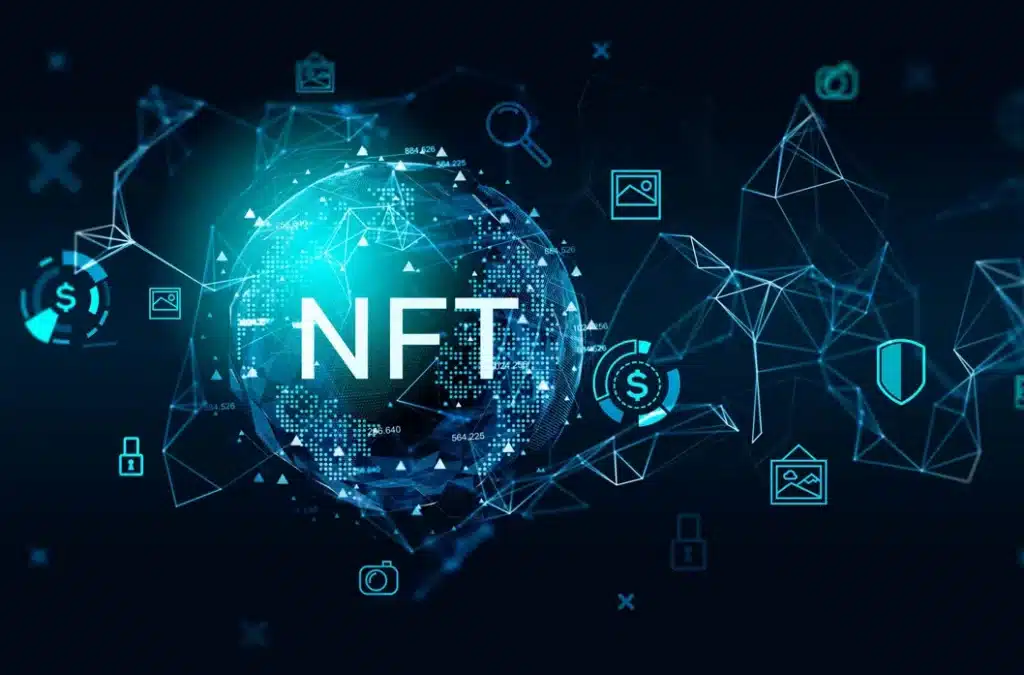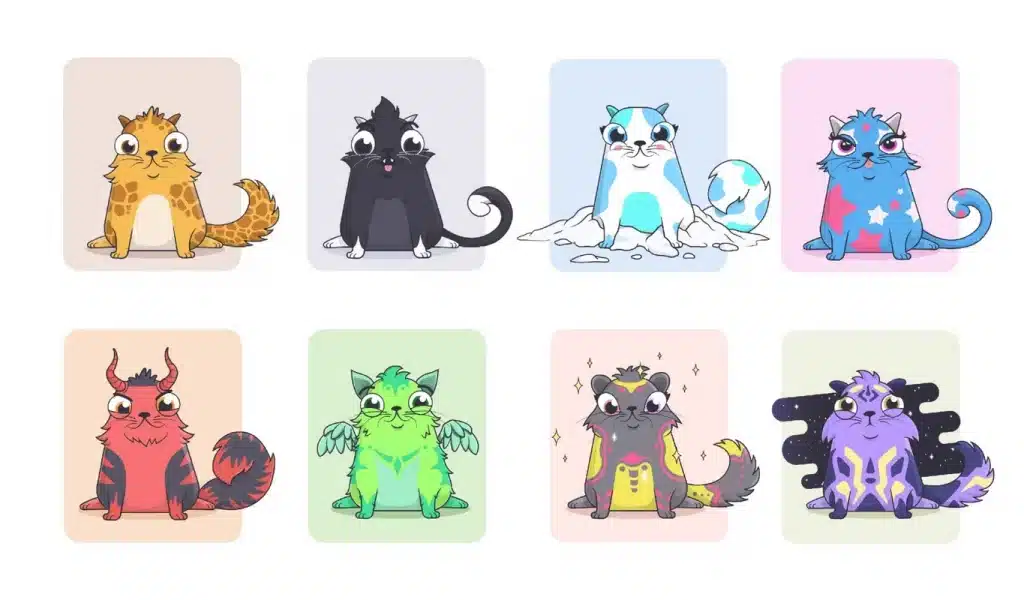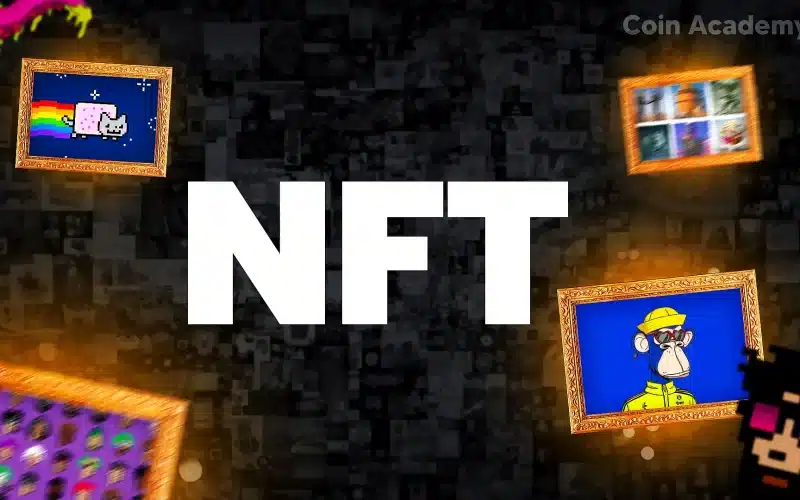Bored Ape, Beeple, Play to Earn games, NFTs… Those terms seem to come back more and more often, but you don’t understand what they represent. Discover in this article what an NFT is, in a simplified way.
Digital art, blockchain, cryptocurrency, and games: definition of an NFT
The answer to the question “What’s an NFT?” is very often something like: an NFT (Non Fungible Token)is, therefore, a non fungible token. But first of all, what does non fungible mean? This dirty word used in law is much less used in our common language.

Non fungible assets are non-interchangeable assets, which means they are unique and cannot be confused with other assets. A commodity, such as rice or a cryptocurrency like Bitcoin or Ethereum are examples of fungibles assets: they can be replaced by similar assets without the need to differentiate them.
This cryptographic and non-fungible token is therefore stored on a blockchain (most often Ethereum) to become the certificate of authenticity of a digital file from artists or creators attached to it (the more often artwork). This digital file is fungible: an image, a video, or a sound / music can be copied and duplicated, but not the cryptographic token used as a certificate.
An NFT : is that digital art on the blockchain?
Not necessarily and above all, not really! NFT as we know it has existed since about 2014, but has become known globally from 2016 and 2017 thanks to the first artwork collections from several artists using this technology on the Ethereum blockchain: Rares Pepes, Cryptopunks, and CryptoKitties.

Today, we tend to link related NFT to a digital file that it certifies, and this is quite normal, but technically speaking, an NFT remains a unique original use of a smart contract: a token stored on the blockchain.
The operation of the latter makes it possible to attest to the validity of all transactions within it and therefore the validity of a non-fungible token in it. It’s also very simple to browse the blockchain to observe transactions, which allowed anyone to check the origin and complete history of an NFT.
To greatly simplify the matter, an NFT is a unique certificate of authenticity and ownership, stored immutably on the blockchain, making it more effective than a certificate of authenticity on paper for an item.
Its use can be varied: many schools already issue their diplomas in the form of an NFT so that they are tamper-proof. Some luxury watch brands also had the idea of using blockchain to certified their creations. In short, the use of an NFT knows no limit!
